Mountain
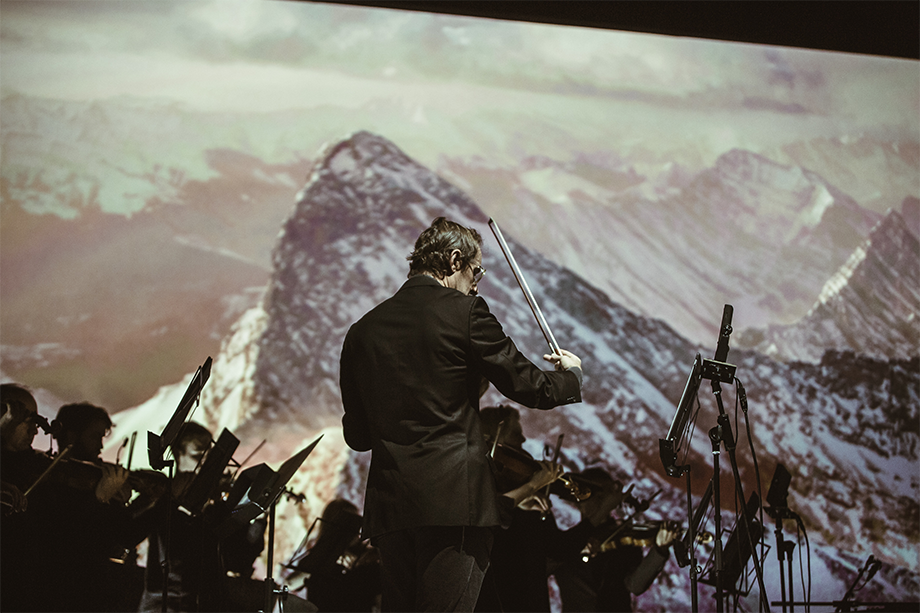
The Australian Chamber Orchestra (ACO) turns fifty next month. On 21 November 1975, it played its first concert, at what was then the new Sydney Opera House. It will soon be back there – fifty years to the day – reminding us of its rude artistic health. In the lead up to this half-century celebration, the ACO has reprised the very popular ‘cinematic and musical odyssey’ Mountain, of which ACO Artistic Director Richard Tognetti was a composer, musical director, and joint initiator in 2017. This odyssey traces human interactions with high mountains, from trepidation to fascination; as the ACO puts it, high mountains hold us ‘spellbound’. The concert conceives of mountains both physically, as rock and ice, and symbolically, in our dreams and desires.
Mountain is a multisensory tapestry with four separate strands that appeals to our different senses. Firstly, it appeals to our visual senses, through film director Jennifer Peedom’s skilful weaving of dramatic clips, many from extreme sports, with slower-paced, beautiful mountain landscapes, viewed against sunny, cloudy or misty backdrops.
Continue reading for only $10 per month. Subscribe and gain full access to Australian Book Review. Already a subscriber? Sign in. If you need assistance, feel free to contact us.



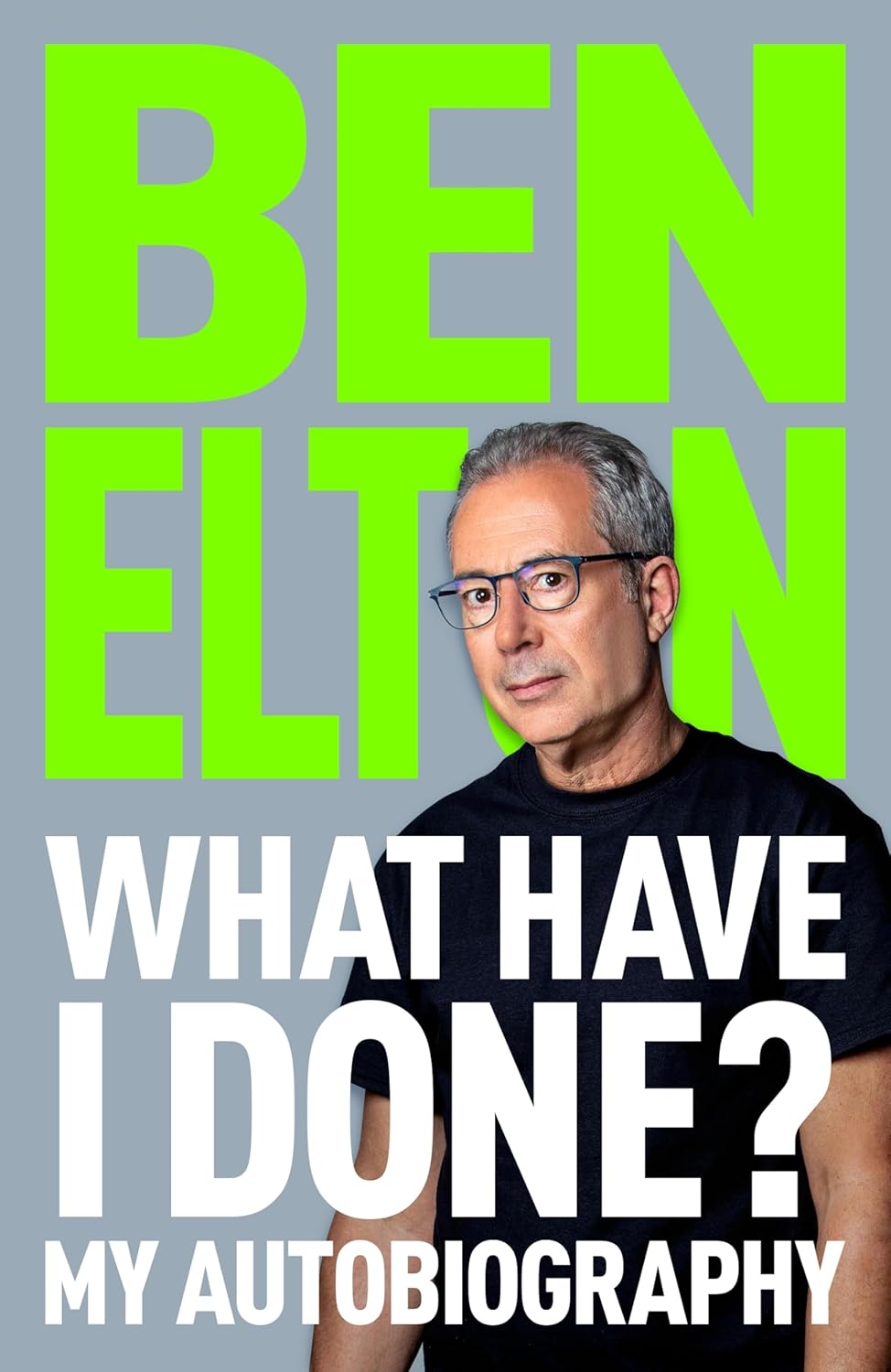
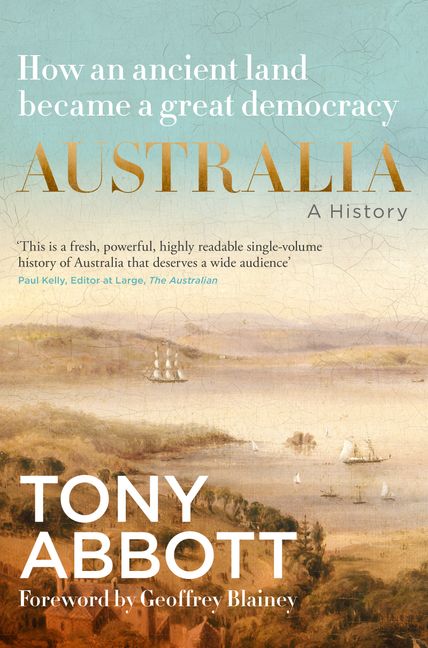
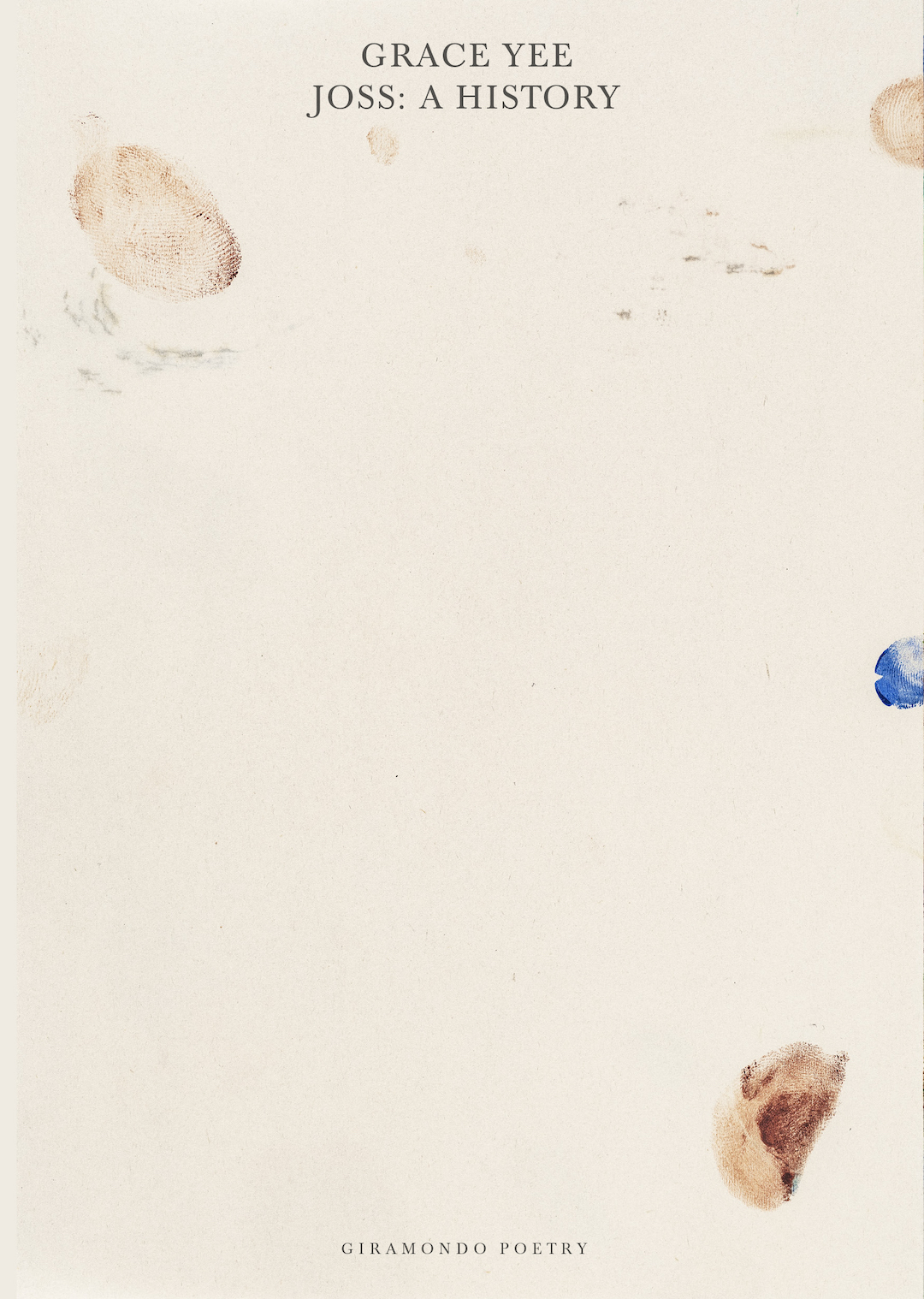
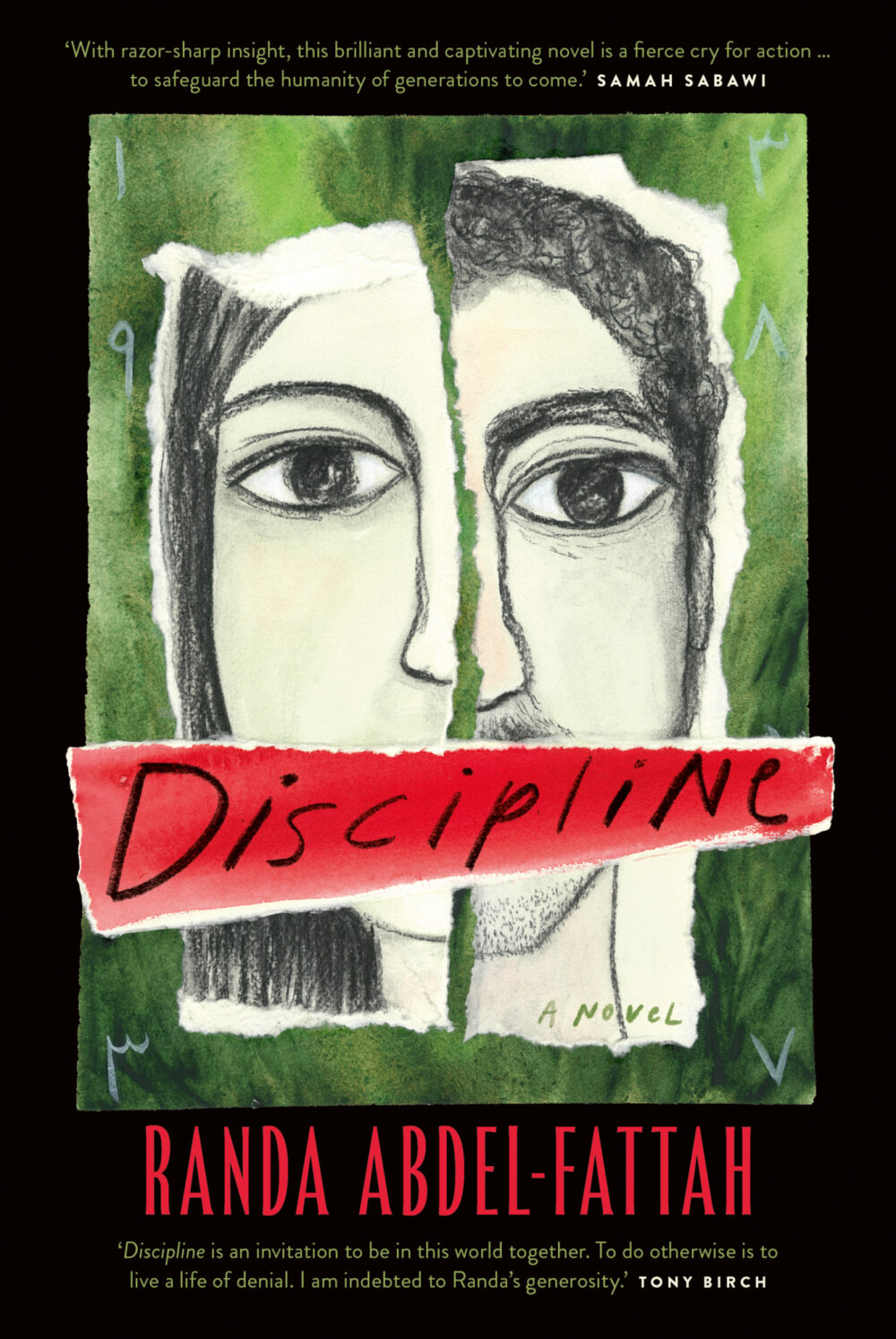
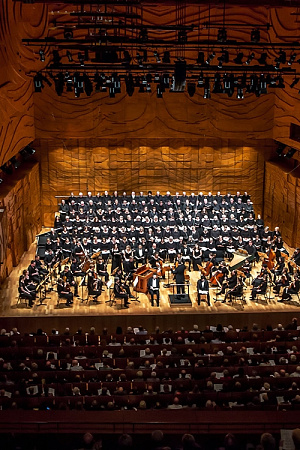
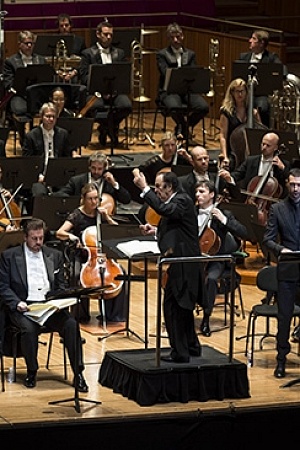

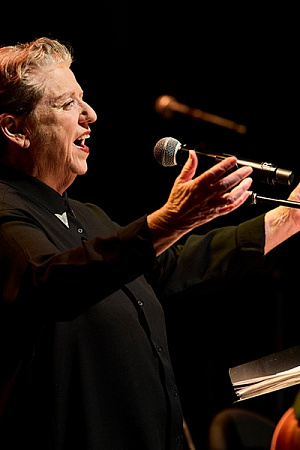
Leave a comment
If you are an ABR subscriber, you will need to sign in to post a comment.
If you have forgotten your sign in details, or if you receive an error message when trying to submit your comment, please email your comment (and the name of the article to which it relates) to ABR Comments. We will review your comment and, subject to approval, we will post it under your name.
Please note that all comments must be approved by ABR and comply with our Terms & Conditions.